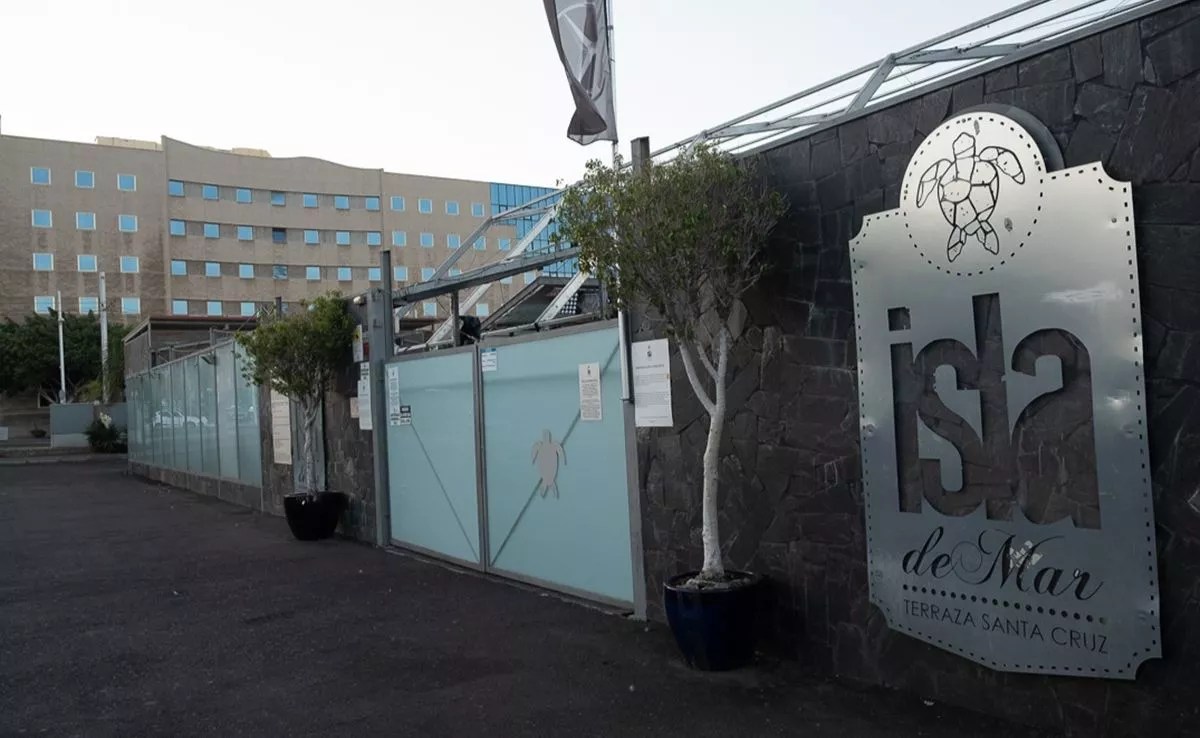
The archipelago suffers a “bump” in 2020 by leaving 56.4% of GDP and almost 8,000 million euros
SANTA CRUZ DE TENERIFE, Feb. 11 (EUROPE PRESS) –
The Canary Islands will recover 57% of the tourist Gross Domestic Product (GDP) when the economic closure of 2021 is made, reaching 8,834 million, 29.8% more than in 2020, while for a “hopeful” 2022 it hopes to reach 90% .
This is stated in the ‘Impactur’ report presented this Friday at a press conference by the Minister of Tourism, Industry and Commerce of the Government of the Canary Islands, Yaiza Castilla, and the executive vice president of Exceltur, José Luis Zoreda, who have agreed on the ” good prospects” of this exercise if a seventh very intense wave of coronavirus does not appear.
Zoreda has recognized the “bump” of the tourism sector in 2020 due to the health pandemic, which translated, in the case of the Canary Islands, into a drop of more than 15 points of GDP, going from 15,597 million in 2019 to 6,807 million in 2020 .
Regarding employment, he has recognized the interest of employers in maintaining jobs while waiting for demand to be reactivated, although 2020 closed with 153,496, 22.9%, far from the 36.5% of 2019, after a drop of 50.6%.
Although he has said that public spending continues to be “insufficient” in relation to the generation of income from tourism, he has highlighted that it remained almost stable, with 1,039 million in 2020 compared to 1,093 million in 2019 and at a time of sharp decline in income via taxes, going from a collection of 2,813 million in 2019 to 1,372 million in 2020.
Zoreda has commented that the volcanic eruption did not affect the Canary Islands destination and pointed out that from the summer the recovery of tourism began thanks to the Canarian and national market and that the sixth wave of omicron was not as “intense” in the islands as in other destinations.
THERE IS “LESS FEAR” TO TRAVEL
He pointed out that there is currently an “ambush demand” of tourists in Europe eager to travel after warning since last summer, especially with Spanish tourism, that there was “less fear” of enjoying tourism.
For this reason, he has commented that they have the “best hopes” in 2022 and with a favorable context where “no voice has been raised” against tourism nor are there signs of “tourism-phobia” because “the catastrophe” of 2020 was so great that now “people are eager for tourism to return.”
Thus, it has influenced that the pandemic leaves “the lesson” that tourism must be “sustainable” and that it does not pursue the volume of tourists “as an objective” but rather economic prosperity and the employment it generates in a destination.
Castilla, for its part, is optimistic about the future after the “sinking” of 2020 because work was done to accompany the sector, strengthening it as a “safe destination” and maintaining public investment when private investment fell by more than 56%.
He also commented that for the period 2021-23, the Canary Islands will manage a total of 476.6 million from funds from the React-EU program and the Recovery and Resilience Mechanism, with major actions linked to the transformation of the tourist activity.
AIR INCENTIVE PLAN
Zoreda has taken advantage of his appearance before the media to request an air incentive plan that promotes the arrival of non-resident tourism to the smaller islands given that “there is demand” to visit them, although he has given as an example that a ticket for a Tenerife resident -La Palma costs 20 euros and for a non-resident, 85 euros.
The counselor has picked up the glove and understands that the Canary Islands, through the central government, must have a “and permanent” structural connectivity plan, since the pandemic demonstrated the weakness of a model that remains exclusively in the hands of market demand.
Zoreda has also demanded that the use of the Canarian Investment Reserve (RIC) be “more flexible” so that projects of tourist interest can be processed “as quickly as possible” and thus attract private investment.
















